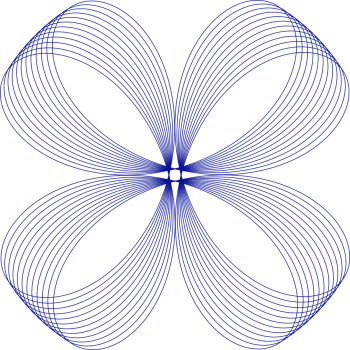
body therapy
Embracing and receiving guidance in the process of reconnecting to our bodies and feelings make the journey more comfortable and effective. An external observing presence offers us a sense of safety, trust, and wisdom in the moments we are getting too overwhelmed. We often don’t notice where we tense up, when and how our breathing changes, and how our energy shifts. Our habits and patterns are difficult to see clearly because they are mostly happening unconsciously. A well-trained set of eyes can make us aware of when our energy and system contracts, and can invite us to sink deeper into that area. When we rediscover these hidden areas and allow the feelings that we stored to re-surface, we can be temporarily overwhelmed. The nurturing presence of a trained guide can remind us we are safe and there is no need to escape the moment, so we can stay with the feeling. This allows for a more effective and deeper healing process.
A gentle style of body therapy is called craniosacral therapy. Between the back of our skull, all the way through to the base of the spine, there is cerebrospinal fluid. Our central nervous system is made up of the brain and the spinal cord. It instructs other systems in the body. Many of our memories are stored in our nervous system. The fluid that runs through the spine has its own pulsing rhythm. During craniosacral work, the therapist gently touches and nurtures the soft tissue and membrane around the fluid, which allows a free flow of fluid and energy to be established. As our system relaxes deeply, suppressed feelings can rise into our awareness to be processed. The gentle touch makes us feel nurtured and supported while we surrender to this process. This therapeutic method was developed by the Upledger Institute.
Another type of therapy called NSA (Network Spinal Analysis) is a spin-off from chiropractic work. When the spine is realigned through intense chiropractic measures, it can often be a temporary effect, as the system tends to go back to old habits. The gentle method of NSA offers the opportunity to slowly move through the realigning process and become aware of the feelings and patterns connected to the blocked energy flow. The treatment consists of very light touches and breathing techniques. It suggests to the body how it might release tension and realign itself in a more balanced way. Because our body and our awareness are more consciously part of this realignment process, the effects are deep and long-term.
A form of body therapy that originated in the area of psychotherapy, is psychomotor therapy, which studies the body and its expressiveness. It honors the deep roots of emotional traits that are collected by the body through motor, sensory, and emotional experiences, mostly during early childhood. The therapy is based on a holistic biopsychosocial perspective. Different theoretical psychotherapeutic backgrounds are integrated into psychomotor therapy such as psychodynamics, humanistic views, and cognitive behavioral therapy as well as system-theory and family therapy. The aim is to integrate thoughts, feelings, and behaviors through the experience of movement, experimenting with new behaviors in movement situations and body-awareness. When we are moving, our whole personality participates in our movements and this offers a gateway for healing to take place.
Several other forms of therapy also focus on the body but aim more at releasing and healing trauma. They are included in the Trauma & Conditioning page.
